Jasmine, often referred to as the "queen of flowers," has captivated people for centuries with its enchanting fragrance and delicate beauty. There are many different varieties of jasmine, each with its own unique charm and character. Some bloom in pure white, while others boast subtle hues or distinctive shapes. Let's take a closer look at the top ten most beautiful jasmine varieties, each of which will surely add a touch of elegance and fragrance to any garden or home.
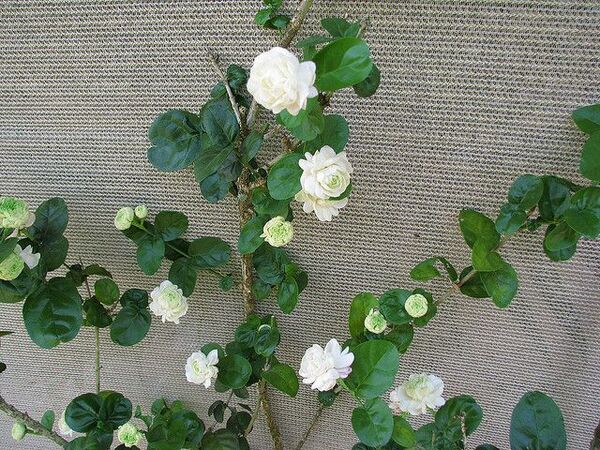
Grand Duke of Tuscany Jasmine is a standout in the jasmine family. Its blossoms are unusually large, often having over 50 petals that form a dense, ball-shaped flower. The petals are pure white with a subtle hint of yellow, and the fragrance is intense and captivating, making it feel regal and sophisticated. The flower petals have a crinkled appearance, resembling a “tiger's head,” which is how it got its name.
This variety thrives in sunny, warm, and humid environments. However, it is more susceptible to diseases, so extra care is needed to prevent fungal infections. To keep it healthy, ensure the soil remains moist and avoid cutting back bare branches, as this may cause them to wither.
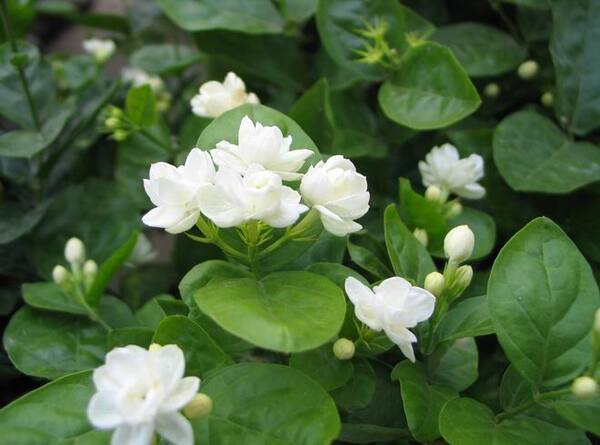
Arabian Jasmine, also known as "Mogra" in some regions, has small yet stunning white flowers that are incredibly fragrant. This variety blooms from early summer through autumn, making it a long-lasting favorite in gardens. It's a hardy plant that grows easily and is particularly suited for beginners.
Arabian Jasmine prefers sunny spots but is also quite drought-tolerant. Its care requirements are simple: just ensure the soil has good drainage, and it will flourish. This variety is ideal for anyone who wants a low-maintenance plant that will fill the air with a sweet fragrance.
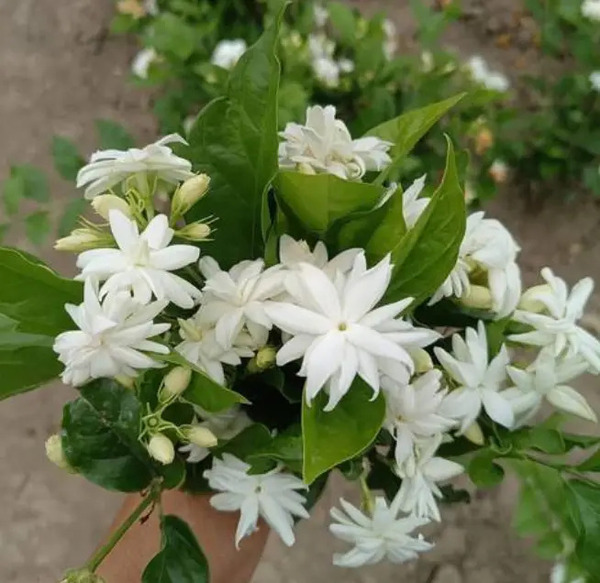
Single Petal Jasmine, also known as “Penang Jasmine,” is a smaller and simpler variety of jasmine. Its flowers have elongated petals that resemble the tip of a brush, which is how it got its name. The flowers are white and have a fresh, pure fragrance, evoking a sense of elegance and simplicity.
This variety is best suited for warm, humid climates and thrives in full sun. It’s not particularly difficult to care for, but maintaining the right moisture levels in the soil and occasional pruning will help it maintain its shape and health.
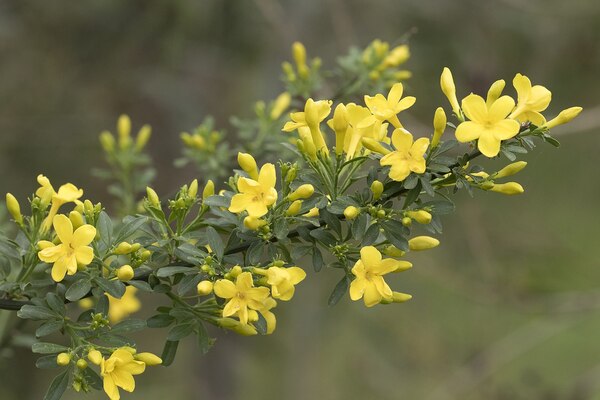
Fragrant Jasmine, known for its bright yellow flowers, is a variety that releases a strong, delightful fragrance. The blossoms are small but emit an intense aroma that fills the air. This variety thrives in warm, sunny environments and has a blooming season during the late spring and early summer.
It prefers well-drained soil and regular watering, but be sure to avoid waterlogging. Fragrant Jasmine is quite hardy and is used for ornamental purposes in gardens and public spaces. It’s an excellent choice for adding a pop of color and a sweet fragrance to any garden.
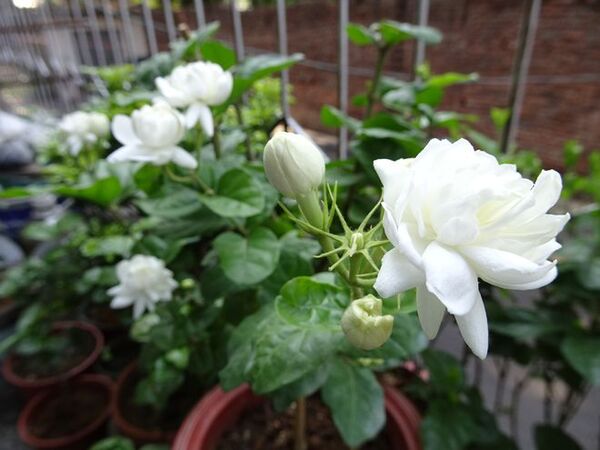
Chrysanthemum Jasmine is one of the "heavy-petaled" jasmine varieties, similar to Grand Duke of Tuscany. Its petals are turned outward, creating a layered, chrysanthemum-like appearance. The blooms are large, with some reaching up to 4 cm in diameter, and they have a refreshing and mild fragrance.
This variety is not particularly difficult to grow and is known for its adaptability. It is resistant to diseases and can thrive in both sunny and semi-shaded areas, making it an excellent choice for beginner gardeners. Its unique flower shape and fragrance are sure to make it a standout in any garden.
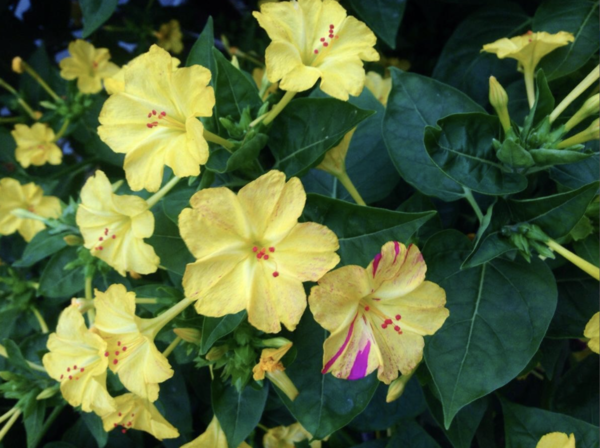
Yellow Jasmine has bright, sunny yellow flowers that add a cheerful touch to any space. The blossoms are smaller than some other jasmine varieties but have a delicate fragrance that is sweet and light. This variety is known for its adaptability to various environments, though it thrives in warm, humid conditions.
It’s best planted in the spring and requires regular watering to keep the soil moist, but it should not be overwatered. Yellow Jasmine is a great option for anyone looking to add a splash of vibrant color to their garden.
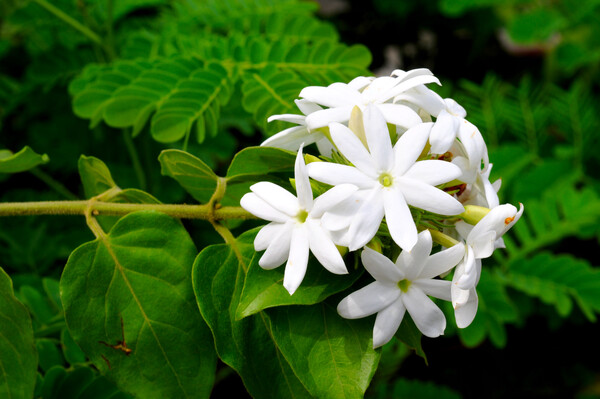
Hairy Jasmine, native to South Asia, gets its name from the fine hairs that cover the stems, leaves, and flower buds. Its clusters of white flowers have a strong, sweet fragrance that is characteristic of jasmine. This variety is a climbing vine that can grow up to 3 meters long, making it perfect for trellises or fences.
Hairy Jasmine prefers sunny spots but is also capable of thriving in partially shaded areas. It's relatively easy to care for, requiring only good drainage and periodic pruning to keep it in shape. It’s ideal for adding fragrance and beauty to vertical spaces in your garden.
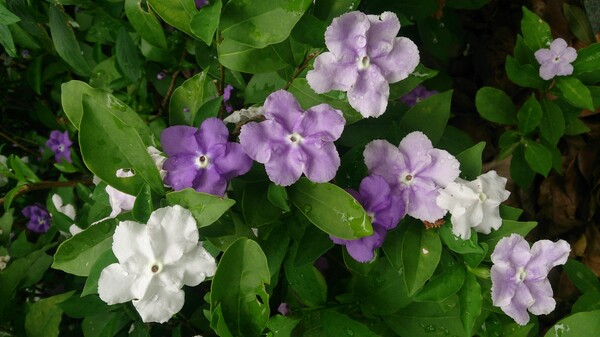
Brunfelsia Jasmine, also known as Two-Tone Jasmine, has flowers that bloom in a stunning combination of white and purple-red hues. The flowers release a delightful fragrance and are a true eye-catching feature in any garden. It blooms from April to October, making it a long-season favorite.
This variety prefers full sunlight and can thrive in a variety of soil types. It’s a low-maintenance plant that is relatively drought-tolerant, making it an excellent choice for gardens with unpredictable weather. Additionally, its leaves have medicinal properties and can be used for treating certain ailments.
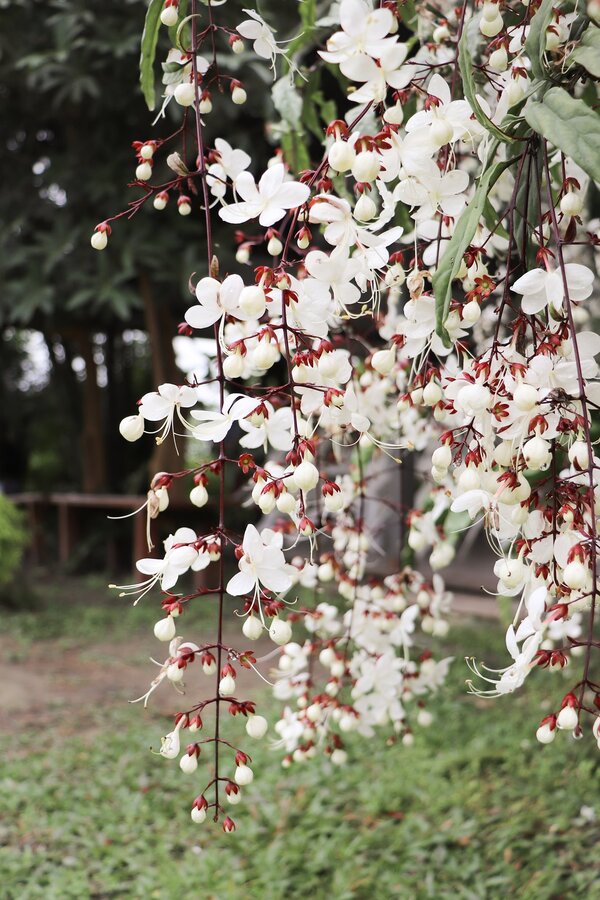
Weeping Jasmine, native to the Himalayas, has striking white flowers that resemble butterfly wings, which is why it’s also known as Butterfly Jasmine. The flowers grow in clusters and have a subtle, sweet fragrance. This variety can grow up to 4 meters tall and thrives in well-drained soil with ample sunlight.
Weeping Jasmine is easy to propagate through cuttings and is well-suited for gardens with plenty of space. Its unique flower shape and fragrance make it a beautiful addition to any garden, especially for those who enjoy exotic plants.
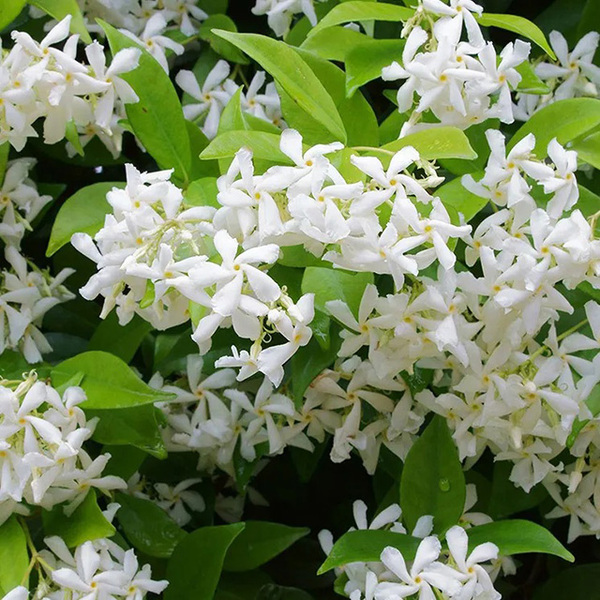
Star Jasmine, often confused with true jasmine, is a fast-growing vine with fragrant white or yellow flowers that resemble a star. Despite being in the Apocynaceae family (not the Oleaceae family like true jasmine), it shares the same sweet fragrance and is a popular choice for garden decoration.
Star Jasmine thrives in sunny, warm conditions and requires moderate watering. It’s ideal for use as a climbing plant on fences, walls, or trellises. Although it’s technically not a true jasmine, its charming appearance and lovely fragrance make it a favorite for gardens and indoor spaces alike.
Each of these jasmine varieties brings its own special touch to any garden or home. Whether you prefer a classic white bloom, a unique two-tone flower, or a vibrant yellow hue, there's a jasmine variety for everyone. These plants are not only visually stunning but also offer a delightful fragrance that can transform your outdoor or indoor space into a peaceful, fragrant retreat. Pick the one that suits your taste and climate, and enjoy the beauty and scent of jasmine all year round!
animal tags:
We created this article in conjunction with AI technology, then made sure it was fact-checked and edited by a Animals Top editor.